Like the 4-4-0, the 4-6-0 also used the three-point suspension system to traverse the irregular track of the day. The swiveling pivot point of the lead truck functioned as one suspension point. Equalizing the three drivers together on each side of the engine formed the left and right side rear suspension points.
The engine found a ready home in hilly and mountainous terrain.
Over a period of time the application of the Ten-Wheeler changed. In the 1870s, the 2-8-0 took over the heavy work in the mountains. The 4-6-0 then became a dual service engine, handling both freight and passenger trains in more or less level territory. It was built in substantial numbers.
As train lengths grew in the 1880s, the 4-6-0 grew with them. Successive locomotives became larger and larger – particularly in passenger service. At the turn of the century, the New York Central and its subsidiaries took delivery of some large 4-6-0s from Brooks with 80-inch drivers. The engines were billed as the largest passenger locomotives in the world at the time.
As freight trains became heavier, locomotives with larger grates (thus capable of generating more power) became necessary. The only way to expand the firebox was to locate it above the driving wheels, rather than between them. This proved to be a workable solution, provided the diameter of the driving wheels did not exceed 70 inches.
Thereafter, 4-6-0s built for freight service had shallow fireboxes with wide grates located over the rear drivers. This turned out to be a good compromise and the Ten-Wheeler made a fine freight engine. Since all engines of this period were hand-fired, even with its shallow firebox the Ten-Wheeler still had adequate furnace volume for good combustion at the low firing rates.
With the introduction of steel cars and the need to operate bigger and faster trains, the 4-6-0’s days as a road engine were numbered. Heavier trains required bigger engines. In passenger service, 4-6-2s took over the main-line runs, and in freight service, the 2-8-0 and 2-8-2 did the same.
The 4-6-0 was not left without work, however. It found a ready home on branch lines, and ably handled secondary passenger trains and local freights.
The Pennsylvania Railroad took delivery of what were perhaps the last 4-6-0s, built at its Juniata Shops between 1923 and 1925, and used them for commuter service. Pennsy subsidiary Long Island Rail Road received 31 between 1924 and 1929.
Ten-Wheelers were active deep into the diesel era, with some railroads, such as Canadian Pacific, maintaining sizable fleets into the 1950s.
Ten-Wheelers remained in service in North America for over 100 years. By the time the last were built, over 17,000 4-6-0s had been delivered.





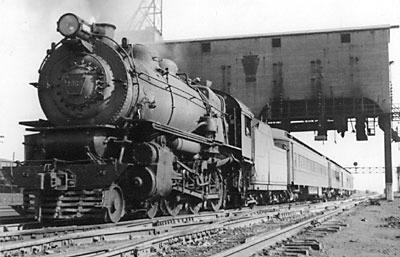
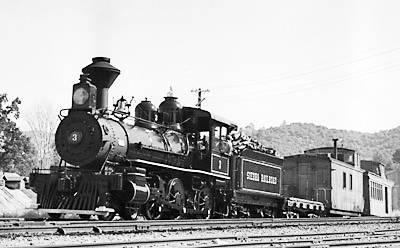
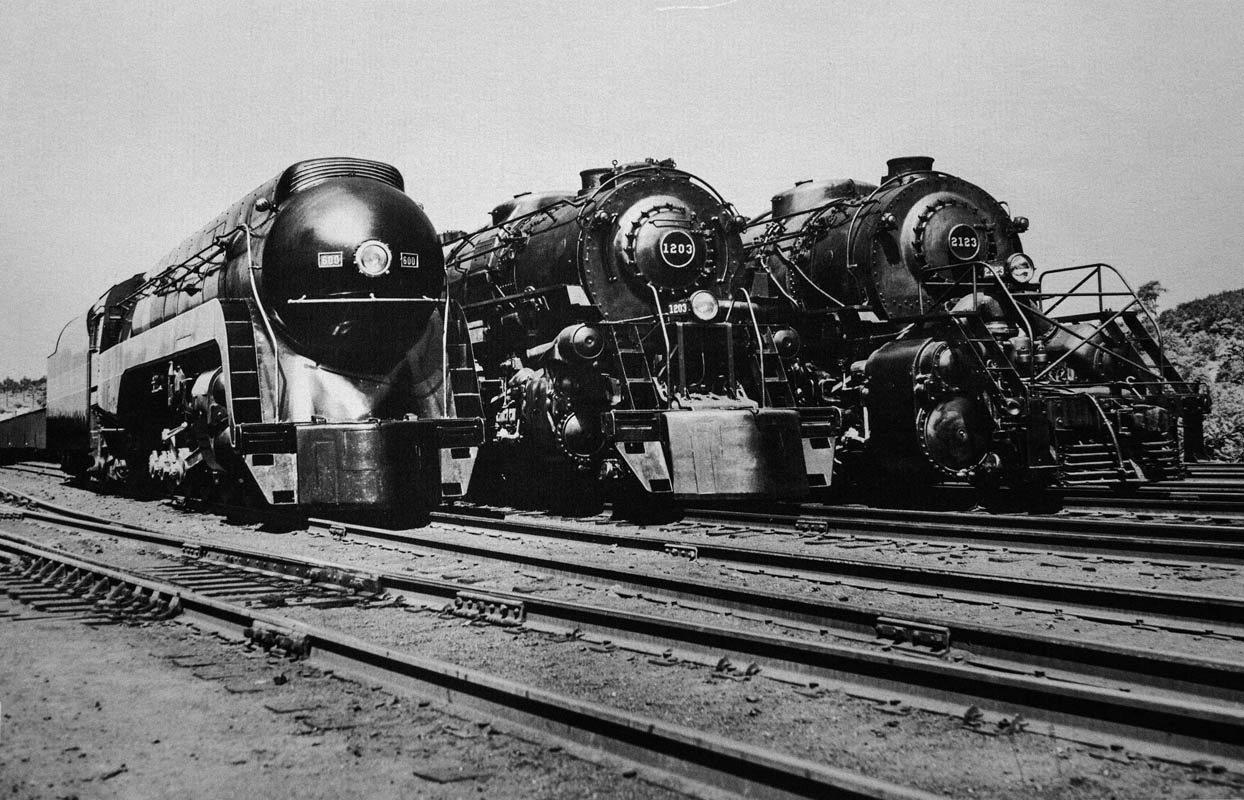
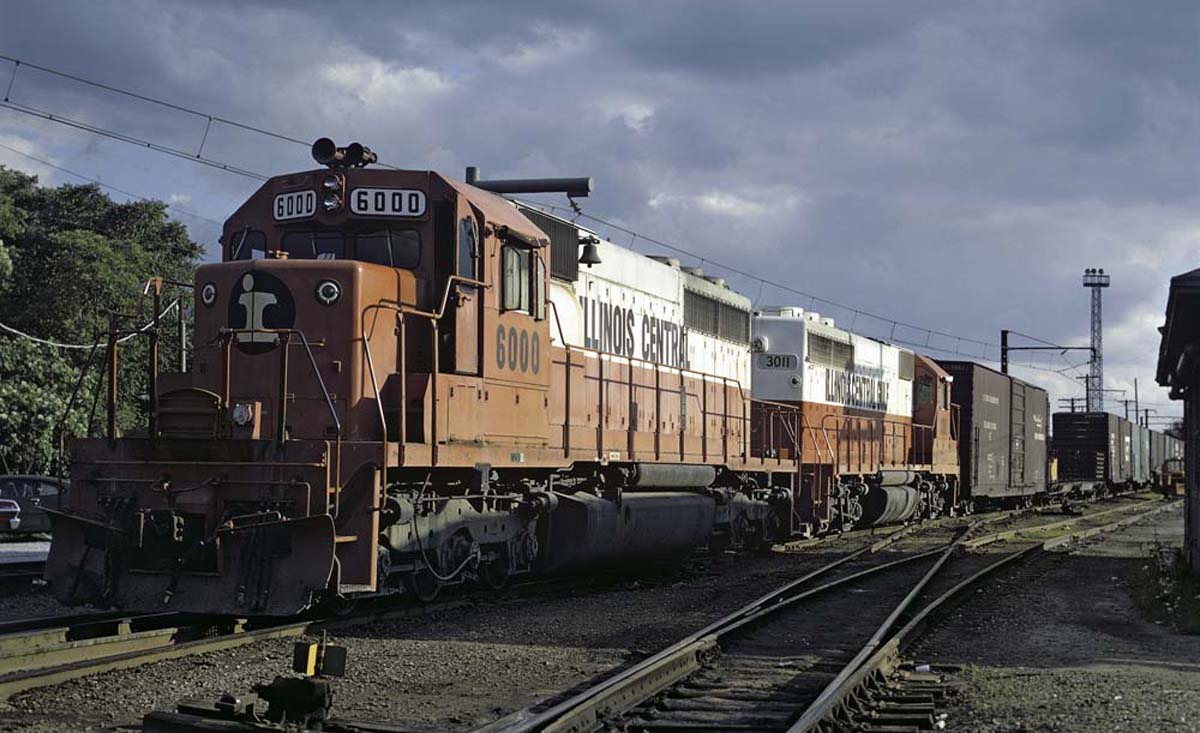
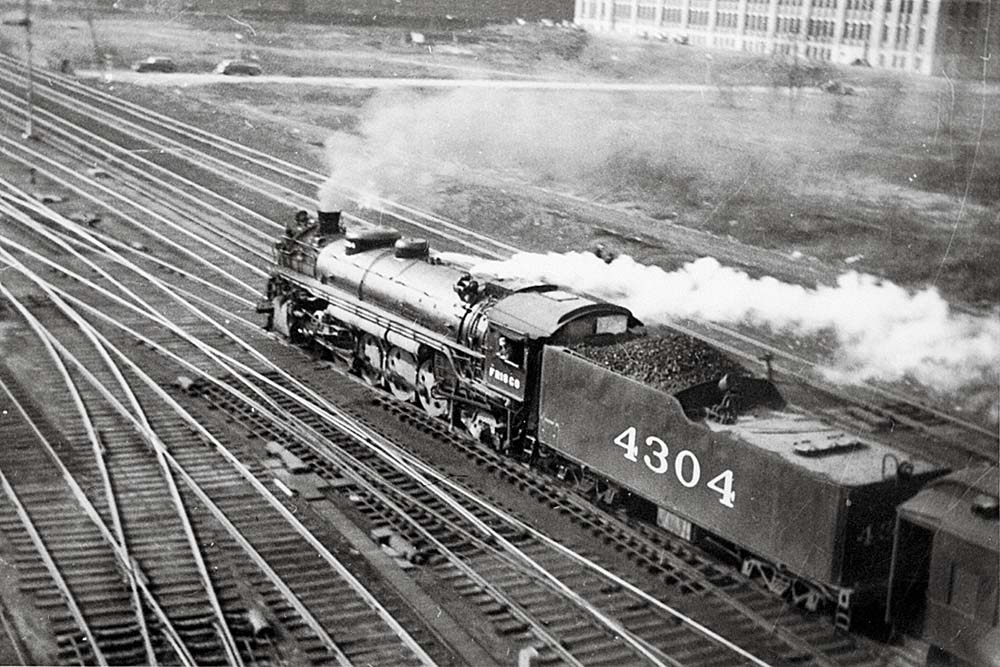
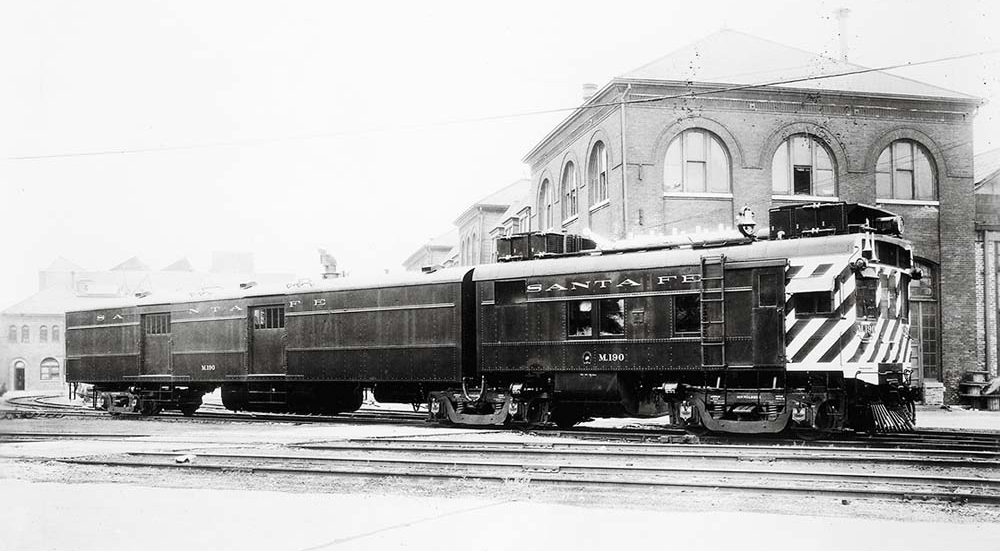
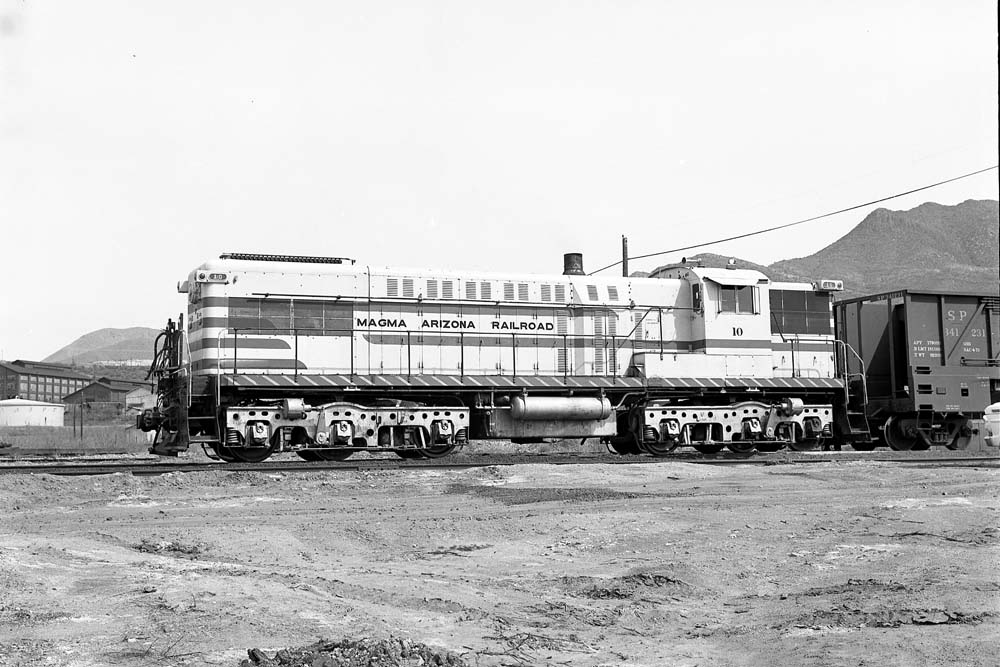





Note that in Geat Britain, with lighter trains, the 4-6-0 continued to serve as a dual-service passenger and freight locomotive, being built into the post WWII era. Before Nationalization, the Great Western continued to build and use 4-6-0’s as its premier passenger locomotive, while the other already moved to Pacific 4-6-2’s.